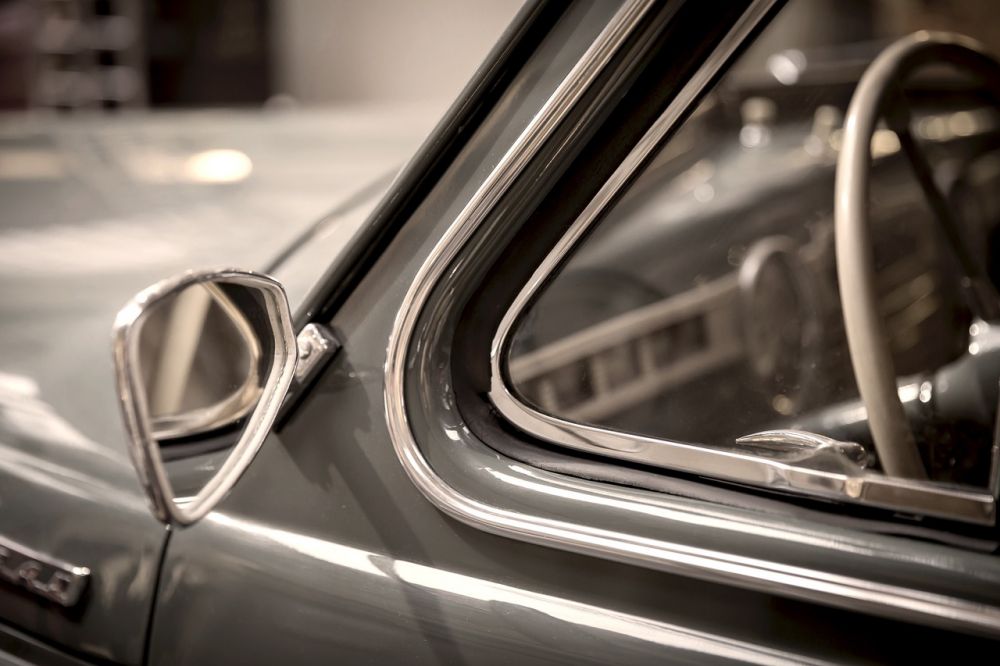Classic American Cars: A Comprehensive Guide to the Iconic Vehicles

Introduction:
Classic American cars have long been a symbol of American automotive excellence and innovation. From the timeless designs to the powerful engines, these cars have captured the hearts of car enthusiasts worldwide. In this article, we will provide an in-depth overview of classic American cars, including their types, popularity, quantitative measurements, differences, historical background, and the key factors that influence car enthusiasts’ purchasing decisions.
I. Overview of Classic American Cars:

Classic American cars refer to vehicles produced in the United States between the 1920s and the 1970s. These cars are known for their distinctive style and powerful engines. They hold a significant place in automotive history, representing the golden era of American manufacturing and design. Classic American cars are often associated with names like Ford, Chevrolet, and Chrysler, but many other manufacturers contributed to this legacy as well.
II. Presentation of Classic American Cars:
Classic American cars encompass various types, including sedans, coupes, convertibles, and muscle cars. Sedans, such as the Chevrolet Bel Air and Ford Fairlane, were popular family cars known for their size, comfort, and elegant designs. Coupes, like the Ford Thunderbird and Chevrolet Corvette, offered a more stylish and sporty appeal. Convertibles, such as the Ford Mustang and Chevrolet Camaro, added a touch of excitement and freedom to the driving experience. Muscle cars, like the Dodge Challenger and Plymouth Road Runner, became synonymous with power and speed.
III. Quantitative Measurements of Classic American Cars:
Quantitative measurements play a crucial role in evaluating classic American cars. Factors such as horsepower, acceleration, top speed, and production numbers contribute to their overall appeal. For instance, the Chevrolet Corvette Stingray of the 1960s boasted impressive horsepower, allowing it to reach remarkable speeds. Additionally, production numbers can determine a car’s rarity and value, with limited-edition models often commanding higher prices among collectors.
IV. Differences Among Classic American Cars:
Classic American cars vary in terms of design, size, performance, and engineering. For example, Cadillac’s luxury sedans were known for their plush interiors and smooth rides, while Chevrolet’s muscle cars prioritized power and speed. Differences could also be observed in the manufacturing processes, with some cars utilizing advanced technologies, while others relied on traditional craftsmanship. These distinctions contributed to the diverse range of classic American cars available to enthusiasts.
V. Historical Background of Classic American Cars:
When exploring the history of classic American cars, it is important to consider their advantages and disadvantages. Classic cars from the 1920s were praised for their durability and simplicity, but they lacked some modern conveniences. As the automotive industry evolved, manufacturers introduced advancements such as automatic transmissions, power steering, and air conditioning. However, these improvements often came with increased complexity and maintenance costs. Understanding the historical context allows enthusiasts to appreciate the development and progress of classic American cars over time.
VI. Key Decision Factors for Car Enthusiasts:
When purchasing a classic American car, enthusiasts consider various factors. These include the car’s condition, provenance, originality, rarity, and potential for restoration. Additionally, the availability of parts, maintenance costs, and future appreciation in value are significant considerations. For some, the emotional connection to the car’s design and heritage also plays a major role in the decision-making process. Owning a classic American car is more than just obtaining a vehicle; it is becoming a part of history and preserving it for future generations.
Conclusion:
Classic American cars have left an indelible mark on the automotive industry. They continue to captivate car enthusiasts with their iconic designs, powerful engines, and rich history. In this article, we have explored the various aspects of classic American cars, from their types and popularity to quantitative measurements and historical significance. By understanding the differences among models and the key factors that shape enthusiasts’ decisions, we gain a deeper appreciation for these timeless vehicles. Watch the following video for a closer look at the allure of classic American cars. [INSERT VIDEO HERE]
Word Count: 637





